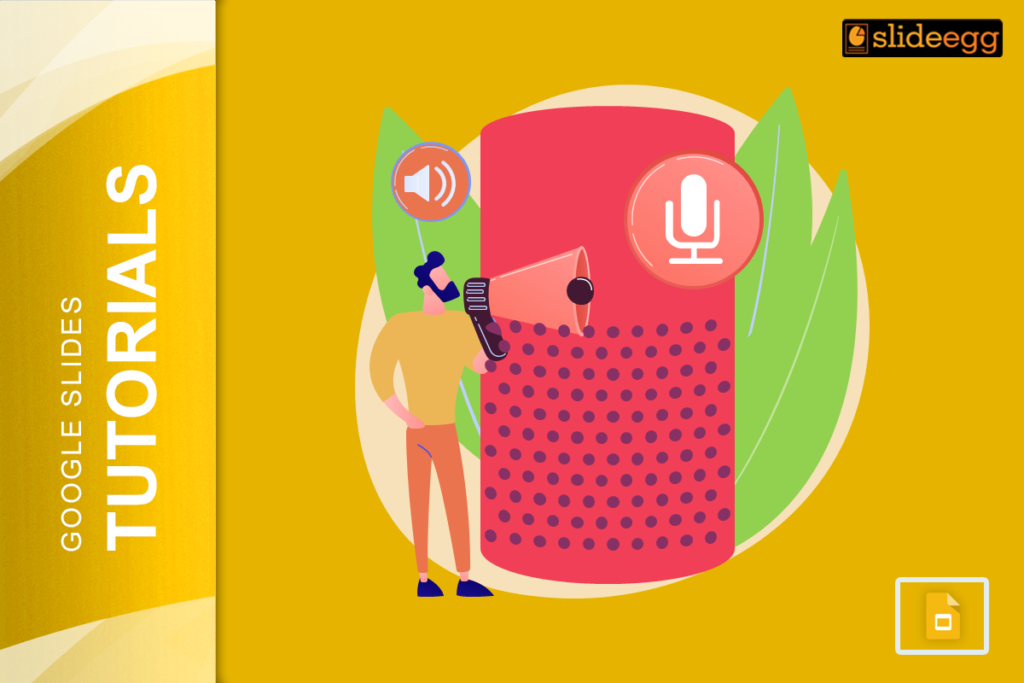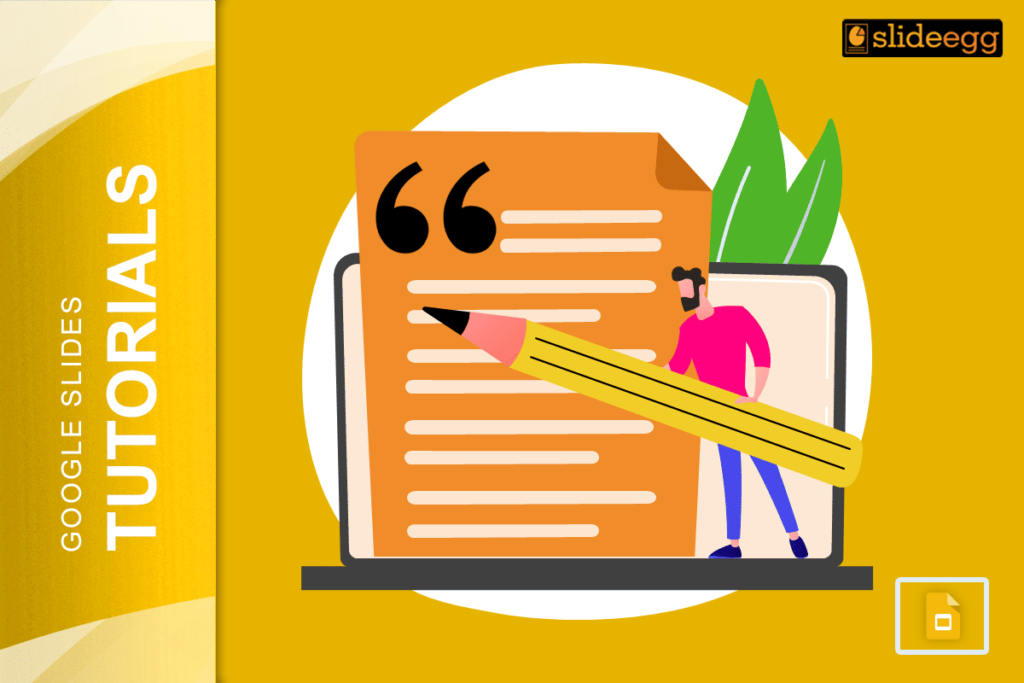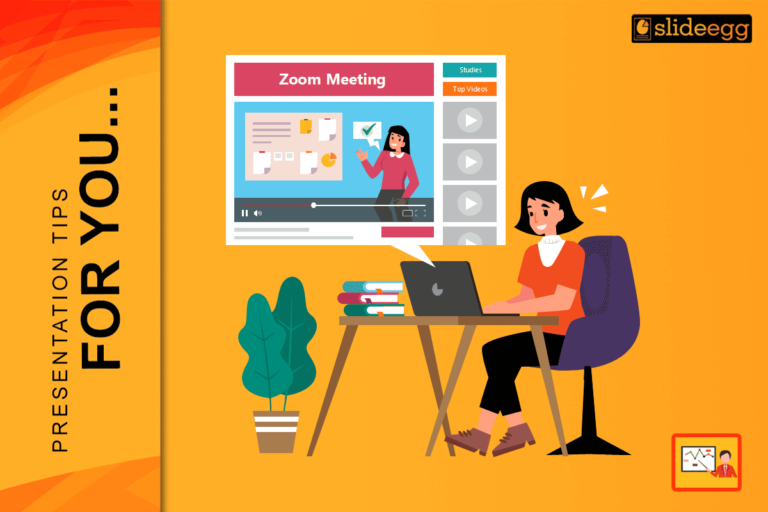| Quick Tips: What Audio Files Does Google Slides Support? Before we dive into the details, here’s a quick rundown of the audio formats that work in Google Slides: ✅ MP3 – Best for small file sizes, widely compatible, and ideal for background music or narration. ✅ WAV – High-quality, uncompressed format, but with a larger file size. ❌ Not Supported: M4A, AAC, FLAC, OGG, WMA, AIFF, and other formats. If your file isn’t in MP3 or WAV format, Google Slides won’t recognize it. But don’t worry—you can easily convert unsupported files using free online tools or software like VLC Media Player or Audacity. |
Introduction
Not all audio files work in Google Slides, and that can be frustrating, right? You find the perfect sound, record a voiceover, or download background music—only to see an “unsupported format” error when you try to add it.
If this has happened to you, don’t worry! Google Slides has specific requirements for audio files, and knowing which formats are supported can save you time and hassle.
So, what audio files does Google Slides support? And how can you make sure your files work smoothly? Let’s break it down.
Which Audio Files Does Google Slides Support?
Google Slides is a fantastic tool for presentations, but when it comes to audio support, it’s quite limited.
Google Slides Only Supports Two Audio File Types:
✅ MP3 (MPEG Audio Layer-3)
- The most commonly used audio format.
- Small file size with good quality.
- Works on almost all devices and browsers.
- Best choice for voiceovers, background music, or sound effects.
✅ WAV (Waveform Audio File Format)
- High-quality, uncompressed audio format.
- Larger file sizes than MP3.
- Great for professional sound effects, music, or narration where quality is a priority.
Why Does Google Slides Only Support MP3 and WAV?
Google Slides is a cloud-based tool, which means it prioritizes speed, compatibility, and ease of use.
Here’s why MP3 and WAV are the only supported audio formats:
✅ Universal Compatibility – MP3 and WAV work across all major operating systems and devices.
✅ Fast Loading Times – MP3 is a compressed format, making it ideal for quick loading in cloud presentations.
✅ Consistent Playback – These formats ensure smooth playback without glitches across different browsers.
✅ No Extra Software Required – Unlike FLAC or AAC, which may need special players, MP3 and WAV work everywhere.
By sticking to just two audio formats, Google Slides ensures that your presentations work seamlessly without needing extra software or plugins.
Audio Formats That Google Slides Does NOT Support
If you try uploading an unsupported audio file, Google Slides won’t recognize it. Here are some common formats that won’t work:
❌ M4A (Apple Audio Format) – Used by iPhones and iTunes, but not compatible with Google Slides.
❌ AAC (Advanced Audio Codec) – Popular for high-quality streaming but unsupported.
❌ FLAC (Free Lossless Audio Codec) – High-quality but not widely supported in cloud-based apps.
❌ OGG (Ogg Vorbis) – Common in gaming and open-source projects, but not in Google Slides.
❌ WMA (Windows Media Audio) – A Microsoft format that doesn’t work in Google’s ecosystem.
❌ AIFF (Audio Interchange File Format) – Apple’s high-quality format, but too large for Google Slides.
If your audio is in one of these formats, you’ll need to convert it to MP3 or WAV before adding it to your Google Slides presentation.
How to Fix Unsupported Audio Files in Google Slides
Now that you know which audio files Google Slides supports, let’s look at how to fix unsupported files and convert them easily.
1. Use an Online Audio Converter
Websites like Online Audio Converter, CloudConvert, or Zamzar let you upload your file and convert it to MP3 or WAV in seconds.
2. Convert Using VLC Media Player
If you have a VLC Media Player, follow these steps:
- Open VLC → Click “Media” → “Convert/Save.”
- Add your file → Select MP3 or WAV.
- Click “Start” and save the converted file.
3. Use Audacity (Free Audio Editing Software)
If you need to trim or adjust your audio before converting, Audacity is a great free tool that lets you export files as MP3 or WAV.
Best Practices for Using Audio in Google Slides
Now that you know which formats work, here are some best practices for using audio effectively in your presentation:
1. Keep It Short and Relevant
Long audio clips can be distracting. If you’re adding narration or background music, keep it concise and engaging.
2. Adjust Playback Settings
Google Slides lets you:
- Play audio automatically or only when clicked.
- Loop audio for background music.
- Adjust the volume so it doesn’t overpower your slides.
Find these options by clicking on your audio file and selecting “Format options.”
3. Store Your Audio in Google Drive
Google Slides only supports audio files stored in Google Drive, so make sure your file is uploaded and shared correctly. If others can’t hear it, check your Drive permissions!
FAQs: Common Questions About Google Slides Audio Support
1. Can I add Spotify music to Google Slides?
No, Google Slides doesn’t support streaming services like Spotify. However, you can use royalty-free MP3 files from sites like Free Music Archive or Bensound.
2. Can I record my voice and add it to Google Slides?
Yes! Record your voice using your phone or computer, save it as an MP3 or WAV file, upload it to Google Drive, and insert it into your slides.
3. Does Google Slides support YouTube audio?
Not directly, but you can insert a YouTube video and set it to “Play in the background.” This works as a workaround if you need specific audio.
4. Why isn’t my audio playing in Google Slides?
Check these:
- Is the file in MP3 or WAV format?
- Is the file shared properly in Google Drive?
- Are the playback settings correct?
5. Can I trim or edit audio in Google Slides?
No, Google Slides doesn’t have built-in audio editing. You’ll need to edit your audio using a tool like Audacity before uploading it.
Final Thoughts
Adding audio to Google Slides can bring your presentations to life—but only if you use the right file formats! Stick with MP3 and WAV, and if your file isn’t supported, a quick conversion will fix it.
Now that you know exactly which audio files work in Google Slides, go ahead and make your presentations more engaging!







